In the annals of hip-hop culture and fashion, few brands have imprinted their legacy as distinctively as FUBU. An acronym for “For Us, By Us,” FUBU wasn’t just another clothing line; it was a bold statement of identity, culture, and autonomy. Founded in 1992, amidst the crackling energy of New York’s street scene, FUBU materialized from the dreams of Daymond John and his partners, who turned a modest line of hats into a global phenomenon. By leveraging the authenticity of their urban roots and the universal appeal of hip-hop, FUBU became more than apparel—it became a movement.
This movement was rooted deeply in the ethos of self-reliance and empowerment. With an initial investment mortgaged against John’s home, the founders transformed part of his house into a makeshift factory, embodying the very essence of grassroots entrepreneurship. The early 90s saw them hustling out of a basement, selling screen-printed T-shirts and hats, while keeping a finger firmly on the pulse of the streets. Their breakthrough came when high-end retailers like Macy’s took a gamble on them, spotlighting their designs in a way that few other urban brands had experienced.
FUBU’s relationship with hip-hop was symbiotic. In 1997, rapper LL Cool J famously wore a FUBU hat in a Gap commercial, cleverly weaving the FUBU slogan into his rap, a guerrilla marketing tactic that amplified the brand’s street cred overnight. This wasn’t just a clever merge of advertising and identity—it was a bold declaration of FUBU’s inextricable link to hip-hop and its underlying ethos. The brand exploded, leading to an overwhelming demand that saw their revenue soar to hundreds of millions by the late 90s.
Yet, as with many iconic labels, FUBU faced its trials—overexpansion and a diluted market presence led to a strategic retreat from the U.S. market. However, its legacy endured, and today, FUBU items are not just clothing; they are collectors’ pieces that represent a pivotal era in street fashion. For vintage enthusiasts and collectors, deciphering the authenticity of FUBU items through logos and tags is more than a pastime—it’s a rediscovery of a cultural artifact. As we delve into the nuances of FUBU’s logo evolution and tag variations over the decades, we’re not just tracing a brand’s history—we’re charting the pulse of an era.
Iconic 90s GAP Advert where LL Cool J Secretly advertises another brand (can you spot it?)
How to tell if FUBU is vintage from the logo
FUBU, a brand deeply entrenched in urban culture, has a distinctive style that reflects its roots in the fashion of the 1990s. Recognizing vintage FUBU items can be particularly exciting due to their strong ties to hip-hop culture and sports. The brand’s logos over the years offer clues to their vintage status, particularly through changes in design that reflect its iconic status in streetwear.
1992 to now FUBU logo
- This logo marks the period when FUBU fully embraced its identity in streetwear, featuring bold, stylized letters that are tightly connected.
- The design uses thick, angular letters that convey a sense of strength and presence, typical of the era’s urban fashion.
- Commonly found on a wide range of apparel, this logo variation is iconic and widely recognized, symbolizing FUBU’s mainstream breakthrough.

1992 to now Fubu logo
1990s to now FUBU logo
- This iteration of the logo features a more elaborate design, with a heart-shaped graphic interlocking with the brand initials, adding a unique artistic touch.
- It is less common than the standard block letters and often appears on more specially designed pieces or limited edition collections.
- The presence of a signature beneath the logo suggests a focus on branding and design, indicating a blend of streetwear with personal artist collaboration.
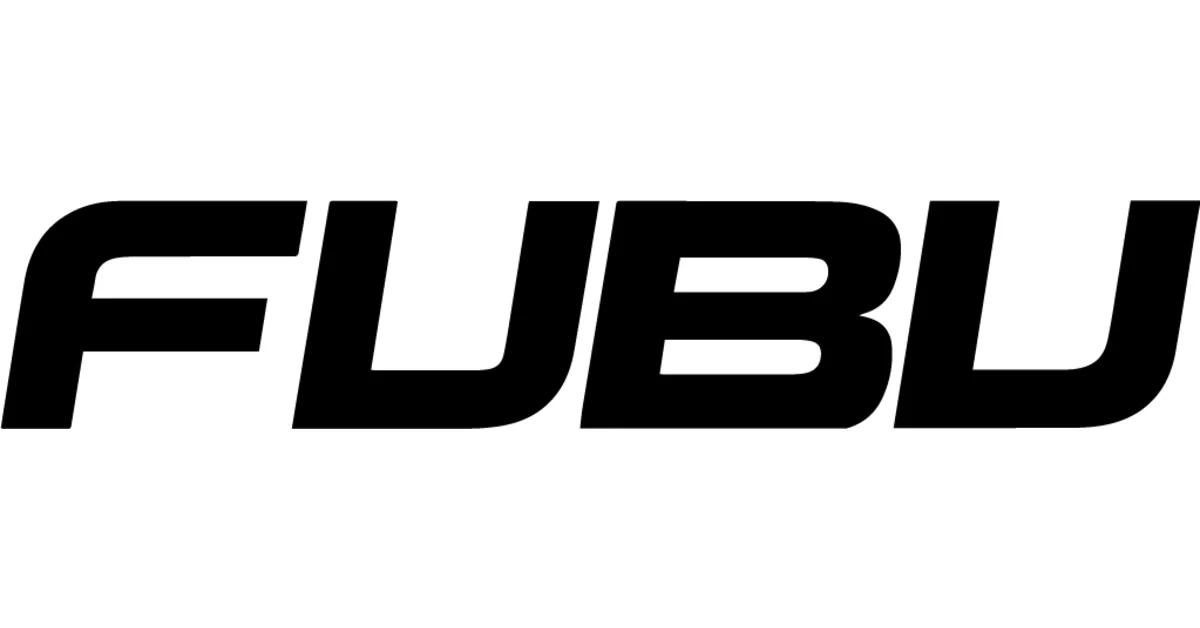
1990s to now Fubu logo
How to tell if FUBU is vintage from the tags
Determining the vintage of FUBU clothing can be done by examining the labels attached to the garments. Over the decades, FUBU tags have evolved in style, material, and information, reflecting changes in fashion and manufacturing locations. Each era has distinct characteristics that can help identify the period in which a FUBU item was produced.
Having trouble with vintage tags or labels? Submit a picture on our vintage tag identification page, and we’ll assist you!
1990s vintage FUBU tags
- Tags often include “Since 1992” which signifies the brand’s establishment year.
- Commonly seen in bold, high-contrast colors like black, white, and red.
- Usually made in the USA, prominently featured on the tags.
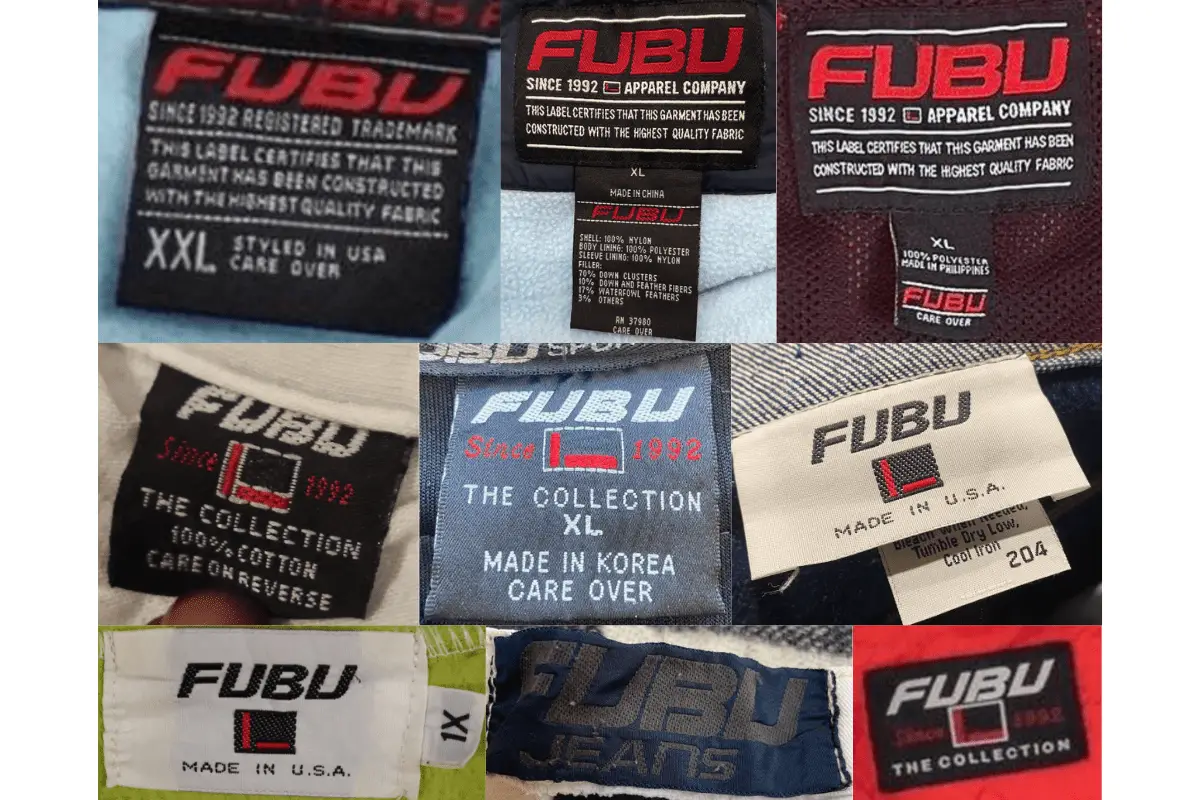
1990s Fubu tags
2000s vintage FUBU tags
- Introduction of more diverse manufacturing locations such as India and China.
- Tags may include varied fabrics like polyester blends, reflecting global textile trends.
- Feature both the classic FUBU logo and new designs, such as the “Platinum FUBU” line.
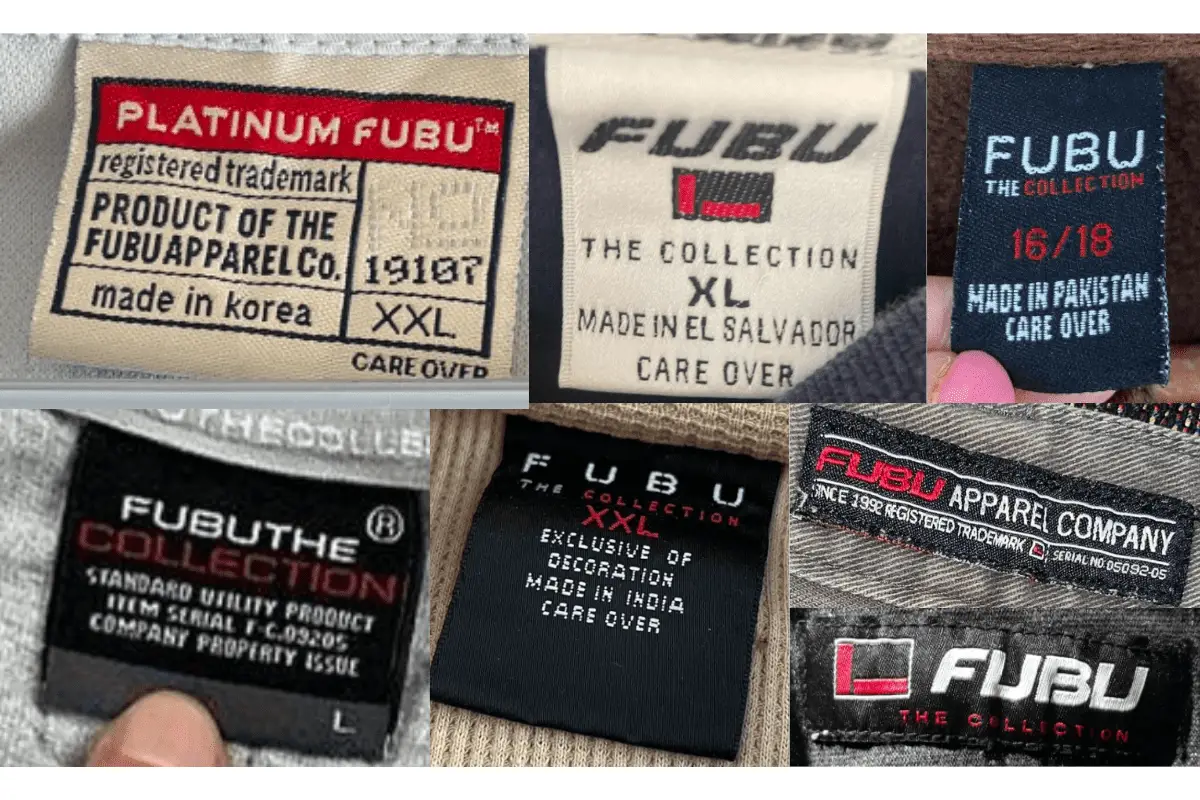
2000s Fubu tags
2010s vintage FUBU tags
- Modernized tags with updated fonts and streamlined designs.
- Increased use of global production with tags indicating manufacturing in countries like El Salvador.
- Tags often display a mix of classic and new branding elements.

2010s Fubu tags
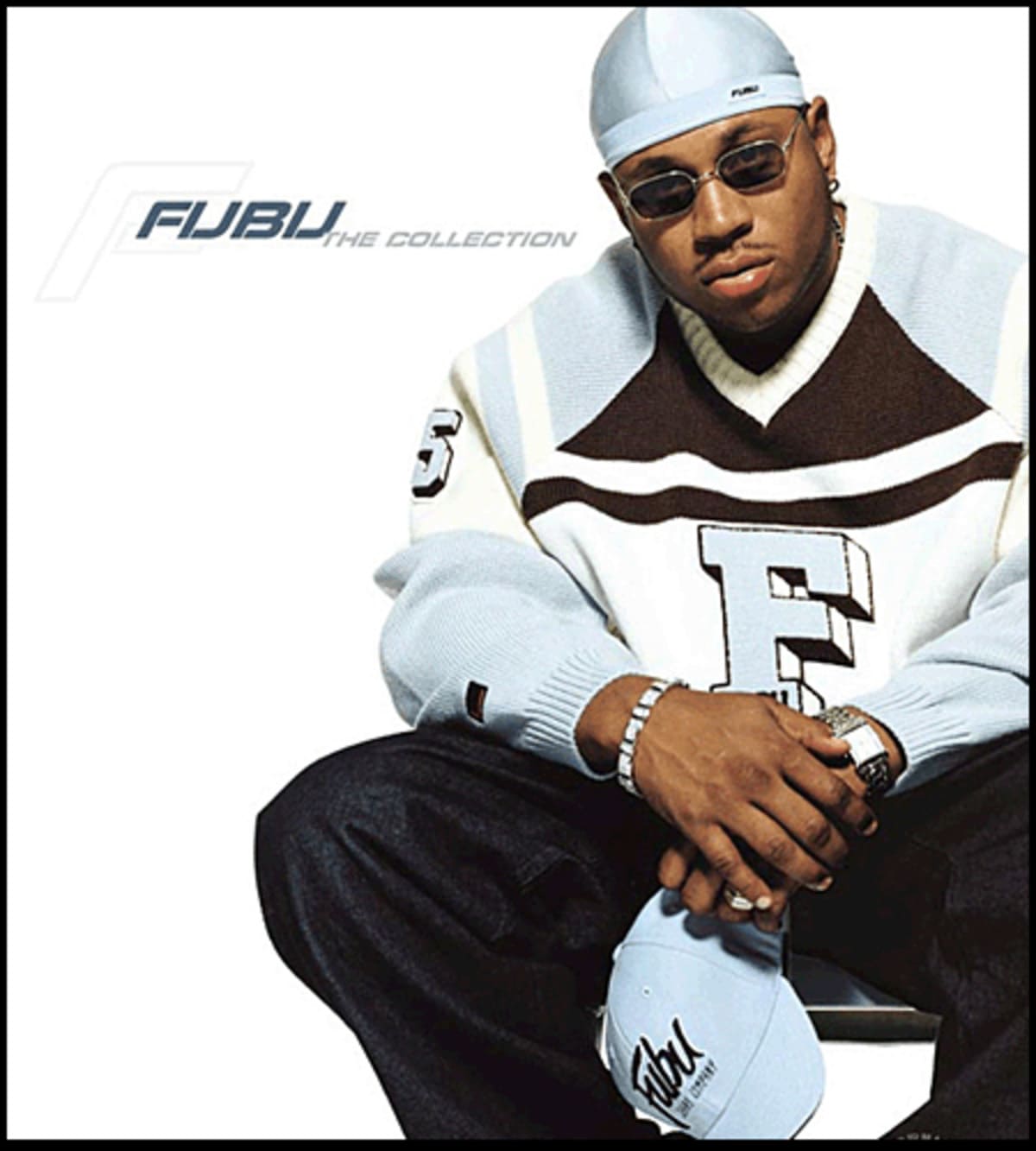


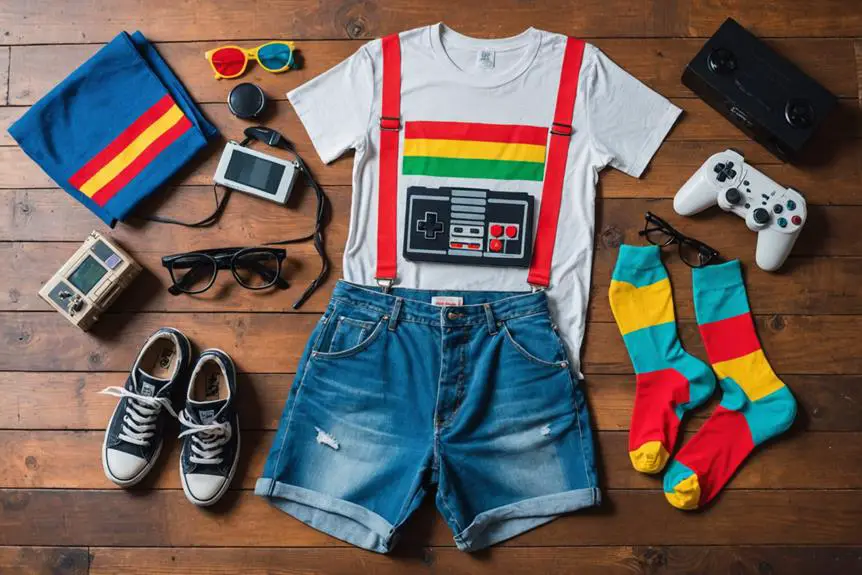

With Airport Transfers Bahamas, your comfort and safety are our priorities. Our luxury fleet is meticulously maintained to offer an elegant, worry-free travel experience every time.
Make your Dubai journey memorable with our Luxury Van Rental Dubai. Designed for convenience and style, we offer Dubai Luxury Group Transport, professional chauffeurs, and sleek interiors. Experience elite service through our Executive Van Service Dubai, Private Van Rental Dubai, and tailor-made VIP Van Hire Dubai solutions.